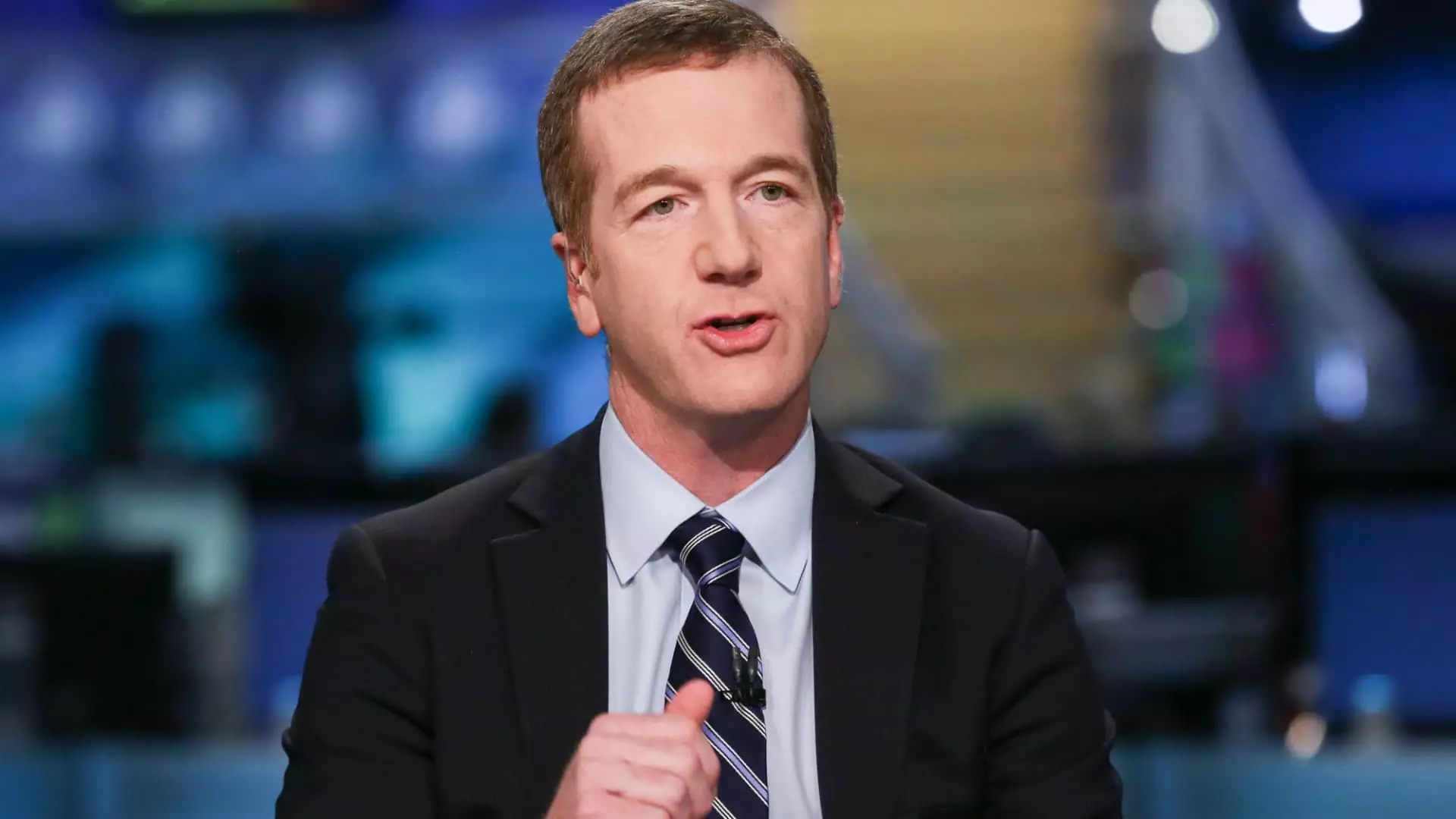In an increasingly uncertain financial landscape, one string of stocks—the “Magnificent Seven”—may offer a glimmer of hope for investors. This elite group, inclusive of tech giants like Apple, Nvidia, and Tesla, seems to be the engine driving a nascent recovery in the U.S. stock market. Despite recent turbulence, analysts, including Morgan Stanley’s Mike Wilson, are banking on the strengths of these firms as pivotal for a broader stock rally. This optimism isn’t blind, however; it is buttressed by the stabilization of earnings revisions that had earlier spiraled downward. This revelation suggests that investors may no longer be solely colluding to inflate stock prices through speculative moves. Instead, solid fundamentals could be returning, indicating a more promising horizon for U.S. equities.
Signals of a Tactical Rally
Wilson also draws attention to several economic indicators that make the case for a stock market revitalization. These include improving seasonal trends, a favorable interest rate environment, and oversold momentum indicators—a combination that creates a fertile ground for traders looking for opportunities. With the S&P 500 near 5,800, Wilson posits that a rise to around 5,900 is not only feasible but likely. He cites that we are in a space where a lower dollar and stabilizing earnings per share (EPS) for the Magnificent Seven could catalyze fresh capital inflow into the U.S. stock market. This suggests that while we may be witnessing a quick rebound, it is crucial to remain nimble and aware of potential volatility lurking just beyond the horizon.
Volatility: A Looming Reality
This optimism should be treated with a dose of realism. Wilson cautions against succumbing to overconfidence; volatility is still a significant factor in the market landscape. He foresees a potential retreat to past lows before a more substantial recovery can manifest, especially as we approach the critical earnings seasons of May and June. The deeper issues plaguing market fundamentals—slow earnings growth, tightening monetary policy, and geopolitical challenges—cannot be ignored. These dynamics will likely contribute to market fluctuations that might unsettle even the most steadfast investors.
Breaking Down Market Sentiment
What has been apparent in recent months is that market responses cannot simply be blamed on external pressures like tariffs and immigration controls. The core issue lies in economic fundamentals—specifically the disappointing earnings revisions that have weighed heavily on investor sentiment. It serves as a reminder that while certain stocks may appear robust, the underlying growth narrative must also hold water. For those who are willing to chase the prospect of a recovery, it’s paramount to balance enthusiasm with an analytical view of the market’s structural weaknesses.
A Year-End Target: A Silver Lining?
Despite looming uncertainties, Wilson maintains an optimistic year-end target of 6,500 for the S&P 500, indicating almost a 13% potential upside from recent levels. This figure isn’t just a number; it underscores the belief that an economic rebound—conducive to a more stable environment—is plausible by the latter half of the year. In essence, it paints a picture where waiting for a robust turnaround could yield considerable rewards. The question becomes whether investors will have the foresight and resilience to stick it out in this mercurial market, eagerly awaiting the promise of what might come next.

